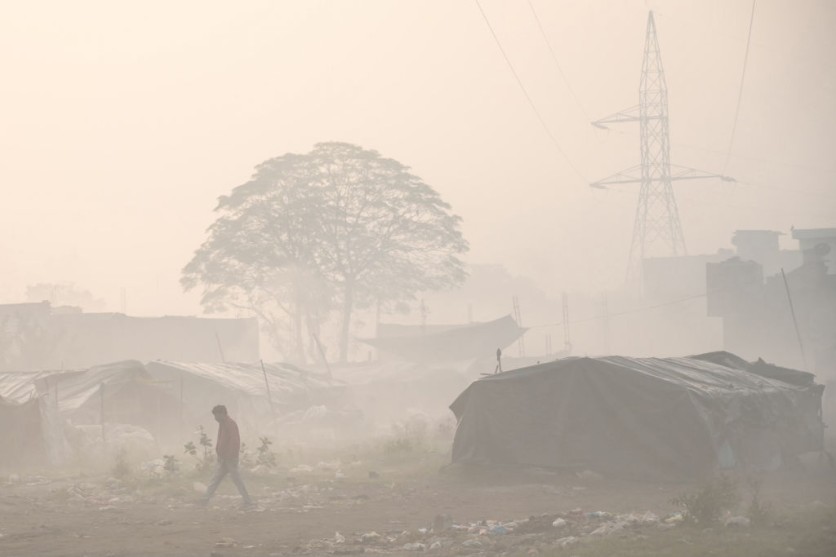In a bid to combat the persistent and hazardous smog plaguing New Delhi, Indian scientists are gearing up to employ cloud seeding technology to induce rain, aiming to cleanse the city's toxic air.
The move comes as the capital battles a severe air pollution crisis that has dire health implications for its 30 million residents.

India Taps Cloud Seeding Tech to Solve Smog Problem
According to a report shared by Phys.org, this initiative spearheaded by the Indian Institute of Technology (IIT) at Kanpur involves the use of airplanes equipped with seeding equipment or ground-mounted guns to stimulate rainfall, explained by Sachchida Nand Tripathi, a professor of sustainable energy engineering at IIT Kanpur.
Tripathi stated, "Even very modest rain is effective in bringing down pollution." This initiative seeks to address the alarming levels of PM2.5 pollutants, tiny particles that enter the bloodstream through the lungs, exceeding the World Health Organization's safety limits by more than 30 times.
The consequences of breathing this hazardous air are grave, as outlined by the World Health Organization, linking prolonged exposure to strokes, heart disease, lung cancer, and respiratory diseases.
Read Also : Gulfstream Successfully Completes the World's First Transatlantic Flight Using 100% Sustainable Fuel
Alarming Smog in New Delhi
Earlier this month, the South China Morning Post detailed the recent suffocating smog event in New Delhi, describing a dense, noxious grey haze enveloping the city, prompting school closures and health concerns. The air quality index (AQI) soared to 611 in the "hazardous" category, triggering eye irritations and respiratory discomfort among residents.
Authorities attribute the smog to a blend of factors, including vehicle emissions, industrial pollution, and seasonal agricultural fires. This dire situation has compelled drastic measures, such as school closures and bans on diesel vehicles and construction activities.
Critics Say Cloud Seeding Is 'Ineffective'
However, amidst skepticism about its efficacy and cost, the cloud seeding approach has drawn criticism. Environmental scientist Bhavreen Kandhari labeled it an "ineffective approach" and warned of potential wasteful expenditure of public funds.
The exact costs have not been disclosed, but Indian media speculated that it could cost up to 10 million rupees ($120,000) to seed 100 square kilometers (38 miles squared).
Tripathi defended cloud seeding, citing successful attempts in Western India, resulting in a 20% increase in rainfall. Yet, critics like Sunil Dahiya from the Centre for Research on Energy and Clean Air cautioned that artificial rain provides fleeting relief and emphasized the urgency of reducing emissions at their source for a sustainable solution.
This initiative echoes China's extensive use of cloud seeding to modify weather and improve air quality, albeit with varying degrees of success.
Despite the controversy, Delhi presses forward with innovative solutions, having previously installed a smog tower. However, the tower's limited impact within a 50-meter radius highlights the complexities of addressing the capital's air quality crisis.
As the cloud seeding initiative awaits government clearances and favorable weather conditions, it signifies a pivotal yet debated step in the quest for breathable air in New Delhi.
Stay posted here at Tech Times.
Related Article : AlGreen: Hong Kong Graduates Harness Microalgae Innovation to Tackle Climate Change

ⓒ 2025 TECHTIMES.com All rights reserved. Do not reproduce without permission.




